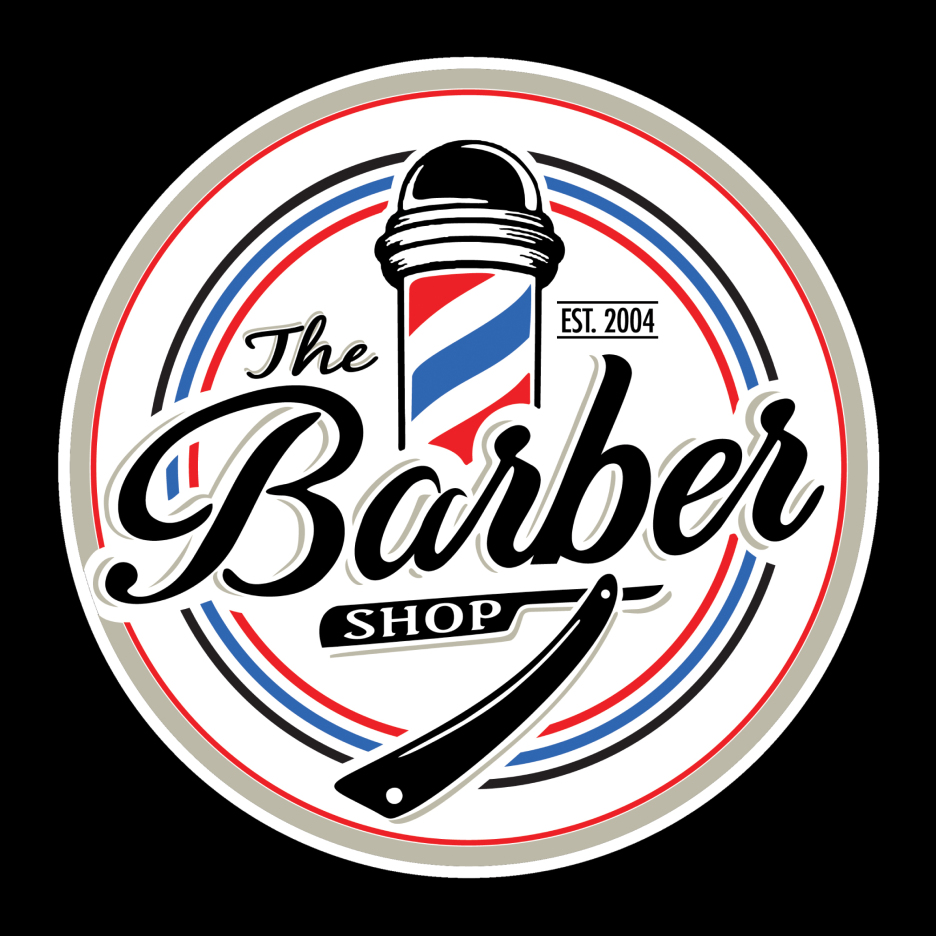This barbering industry plays a crucial position in individual grooming and self-care. However, it is essential to prioritize the health and safety of both clients and stylists in this setting. Robust sanitation and protection standards are paramount for maintaining cleanliness standards, preventing accidents, and ensuring a positive experience for everyone involved. By following these guidelines, professionals can establish a safe environment that encourages confidence and ease among patrons.

One key component of health and safety in grooming is cleanliness. Stylists must adhere to strict hygiene protocols, including frequent disinfecting of equipment and workstations. This includes disinfecting shears, trimmers, and brushes after every use to eliminate the risk of spreading bacteria or infections. Moreover, professionals should use clean gowns and linens for each individual to maintain a sanitary environment. Implementing these measures not only protects clients but also boosts the reputation of the barbering establishment.
An additional critical regulation addresses the safe handling of chemicals used in hair treatments. Products such as coloring agents, chemical straighteners, and other formulations can pose risks if not managed correctly. Stylists must adhere to protective guidelines for the containment and use of these chemicals to avoid dermal reactions or allergic reactions among clients. Wearing gloves and providing adequate airflow during procedures are crucial steps that barbers should take to ensure client safety while delivering high-standard care.
Injury avoidance is also a key element of wellness and security requirements in grooming. Salons should be designed with precaution in mind, minimizing hazards such as visit site wet surfaces or disorganized areas. Team members should be educated in response protocols, including how to manage lacerations or thermal injuries that may happen during treatment. Providing first aid kits and ensuring that all staff members know their locations is an excellent way to prepare for unexpected incidents. By prioritizing safety measures, barbers can create an atmosphere where patrons feel secure and well-attended.
Lastly, clear interaction is essential to supporting customer safety in the grooming profession. Barbers should consult clients about their needs and any potential risks associated with the services offered. This more includes discussing allergies to products or previous adverse reactions experienced by clients. By encouraging open communication, professionals can develop rapport with their customers while delivering that they get customized care tailored to their individual needs. In the end, upholding wellness and protection standards will result in improved customer experience and a successful haircare practice.